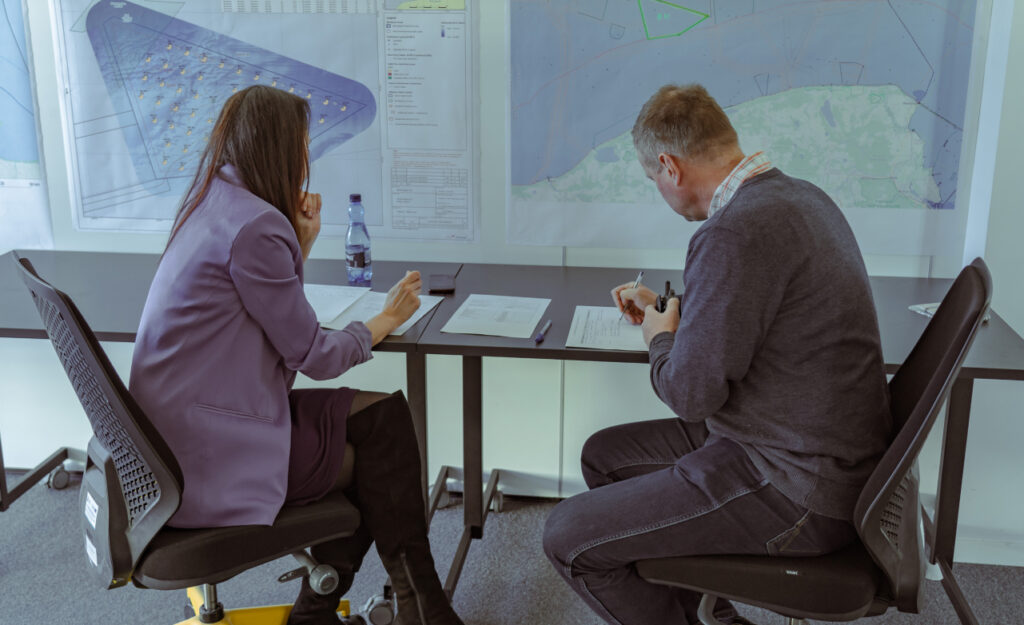Participants were able to use a virtual rescue-patrol boat, rescue helicopter or unmanned aerial vehicle to undertake rescue operations. They communicated with each other by giving commands via walkie-talkies.
For Equinor and Polenergia, which are jointly developing three offshore wind farm projects in the Polish part of the Baltic Sea with a capacity of about 3 GW, the issues of maintaining safety and being able to respond appropriately in emergency situations both at the stage of construction and operation of these facilities are extremely important. Therefore, already now, even before the start of construction, investors are taking measures to prepare the relevant services for emergency situations that could potentially occur at an offshore wind farm.
All workshop participants agreed that in emergency situations the most important thing is cooperation and communication between the monitoring center of offshore wind farms and safety and rescue units. This allows the problem to be solved efficiently and safely with the proper procedures.
The idea of the workshop is part of the strategy pursued by Polenergia and Equinor to actively involve all stakeholders in the process of offshore wind energy development. This includes public sector units, government and local administration. Training activities for administration and emergency services are also part of the investors’ Flagship Programs: “Promotion and Information Center” and “Offshore Competence Academy.” The first aims to provide transparent and full access to project information, and the second to improve the skills of personnel in the domestic offshore wind industry, including initiating and supporting training in this area.



